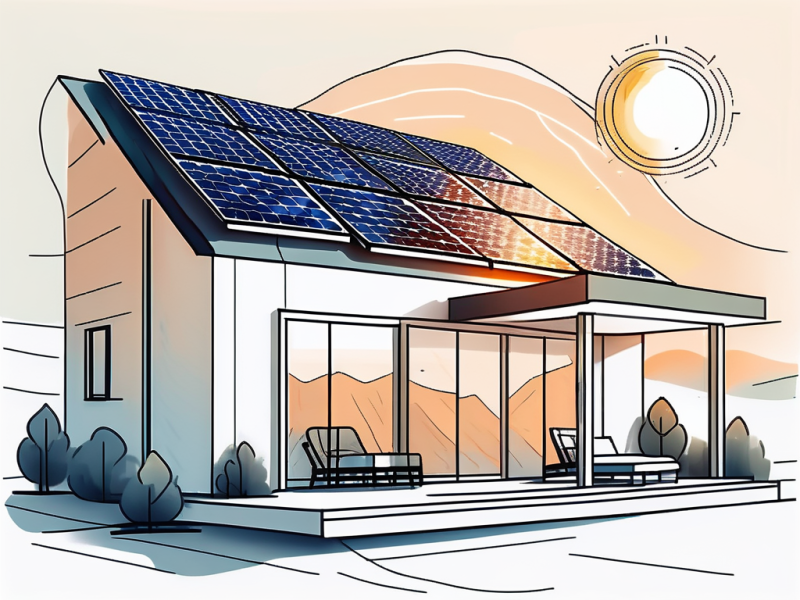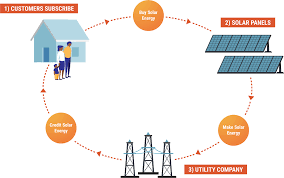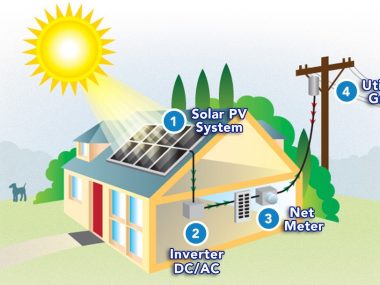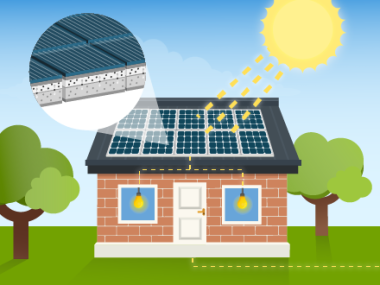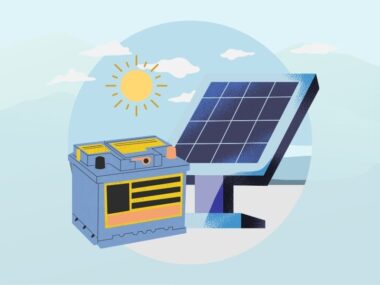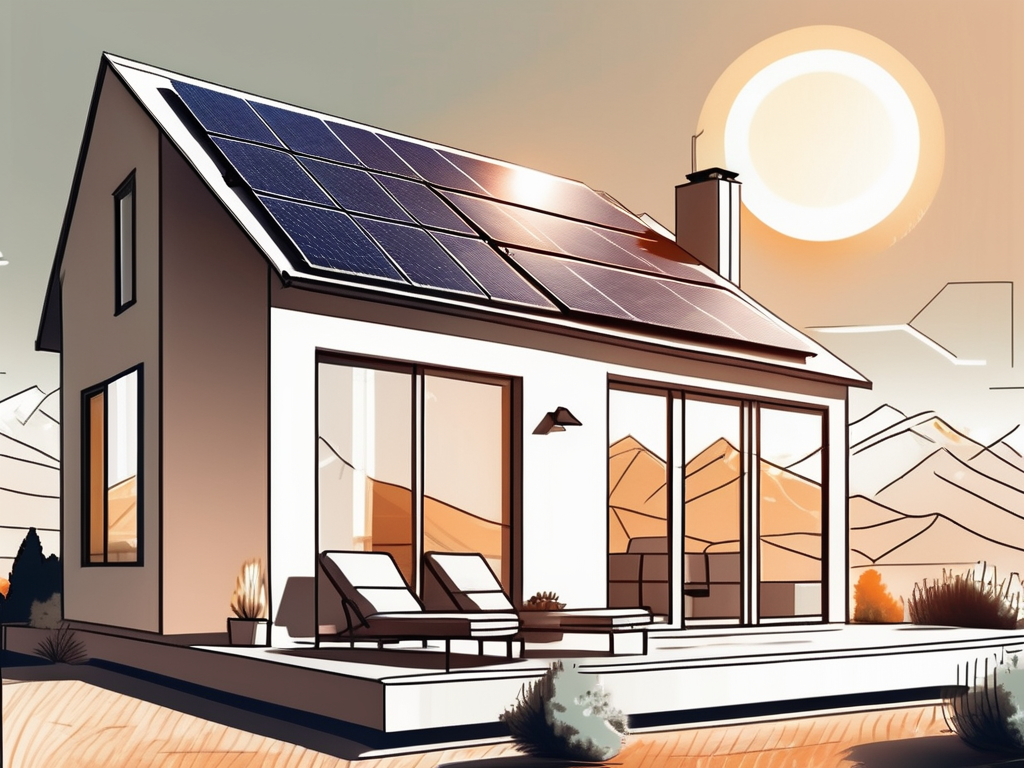
How much does it cost to install solar panels?
Installing solar panels can be a great investment for homeowners who want to reduce their carbon footprint and save money on electricity bills over the long run. However, one of the primary considerations before going solar is the cost involved. In this article, we will explore the various factors that affect the cost of solar panel installation and provide insights into how to make informed choices for sustainable energy.
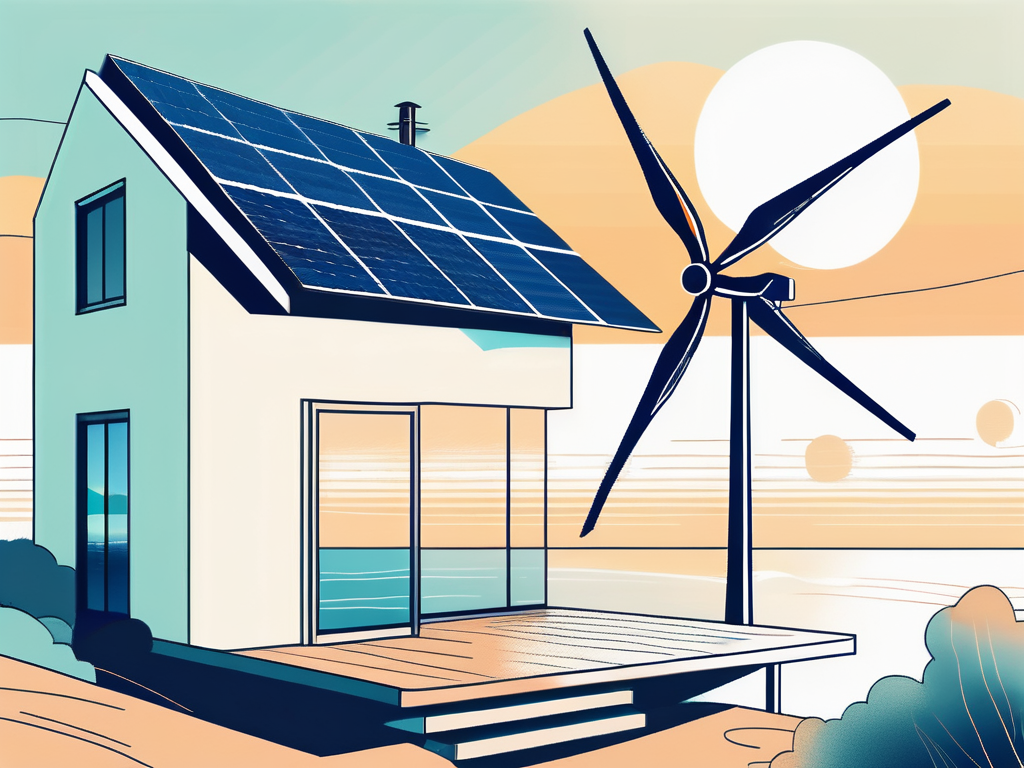
Factors Affecting Solar Panel Installation Costs
Several factors can influence the cost of solar panel installation. These include:
- System size: The larger the system, the higher the installation cost.
- Roof type: The complexity of the roof and its suitability for solar panel installation can impact costs.
- Location: The geographical location affects the amount of sunlight available and the potential for government incentives or rebates.
- Equipment and labor costs: The quality of the components and the cost of labor can impact the overall installation cost.
Types of Solar Panels and Their Price Range
As mentioned earlier, solar panels come in different types, each with its own price range. The cost per watt typically varies based on the type and brand of the solar panel, ranging from around $2 to $4 per watt.
Monocrystalline panels tend to be more expensive, with costs ranging from $2.5 to $4 per watt. Polycrystalline panels have a slightly lower cost range, ranging from $2 to $3 per watt. Thin-film panels are generally the most affordable option, with costs ranging from $1 to $2 per watt. It’s important to consider the balance between cost and efficiency when selecting the right type of solar panel for your installation.
Installation Costs Breakdown: Labor vs. Equipment
The cost of solar panel installation includes both labor and equipment costs. On average, the cost of labor makes up around 10-25% of the total installation cost. The remaining percentage is attributed to the cost of solar panels, inverters, mounting equipment, wiring, and other necessary components.
Keep in mind that labor costs can vary depending on the complexity of the installation, the region, and the expertise of the installer. Obtaining multiple quotes and considering reputable installers can help ensure a competitive price.
Government Incentives and Rebates for Solar Panel Installation
To promote the adoption of solar energy, governments and utilities often offer incentives and rebates for solar panel installation. These incentives can significantly reduce the upfront costs and make solar panels more affordable.
Individuals can check with their local government and utilities to explore the available incentives, such as federal tax credits, grants, or net metering programs. These programs allow homeowners to sell excess electricity generated by their solar panels back to the grid, potentially offsetting their electricity bills.
Financing Options for Solar Panel Installation
Financing options can help make solar panel installation more accessible to homeowners. Some common financing options include:
- Solar loans: These are specific loans designed for solar installations, providing homeowners with a dedicated funding source.
- Power purchase agreements (PPAs): Under a PPA, a third-party company installs and maintains the solar panels, and the homeowner agrees to purchase the electricity generated at a predetermined rate.
- Leasing options: Homeowners can lease the solar panels, avoiding the upfront costs and paying a fixed monthly lease payment.
Each financing option has its own implications and considerations, so it’s important to carefully evaluate the terms and impact on long-term savings.
Maintenance and Operational Costs of Solar Panels
While solar panels generally require minimal maintenance, it’s essential to consider the long-term operational costs. Regular cleaning and inspection can help ensure optimal energy production. Additionally, some components, such as inverters or batteries, may require replacement over time, adding to the overall operational costs.
Cost Comparison: Solar Panels vs. Other Energy Sources
When comparing the cost of solar panel installation to other energy sources, such as fossil fuel-based electricity, it’s crucial to consider the long-term benefits. While the initial investment may be higher for solar panels, the potential savings on electricity bills can outweigh the initial costs over time. Moreover, the environmental benefits of solar energy should not be overlooked.
Tips for Reducing Solar Panel Installation Costs
Here are some tips to help reduce the cost of solar panel installation:
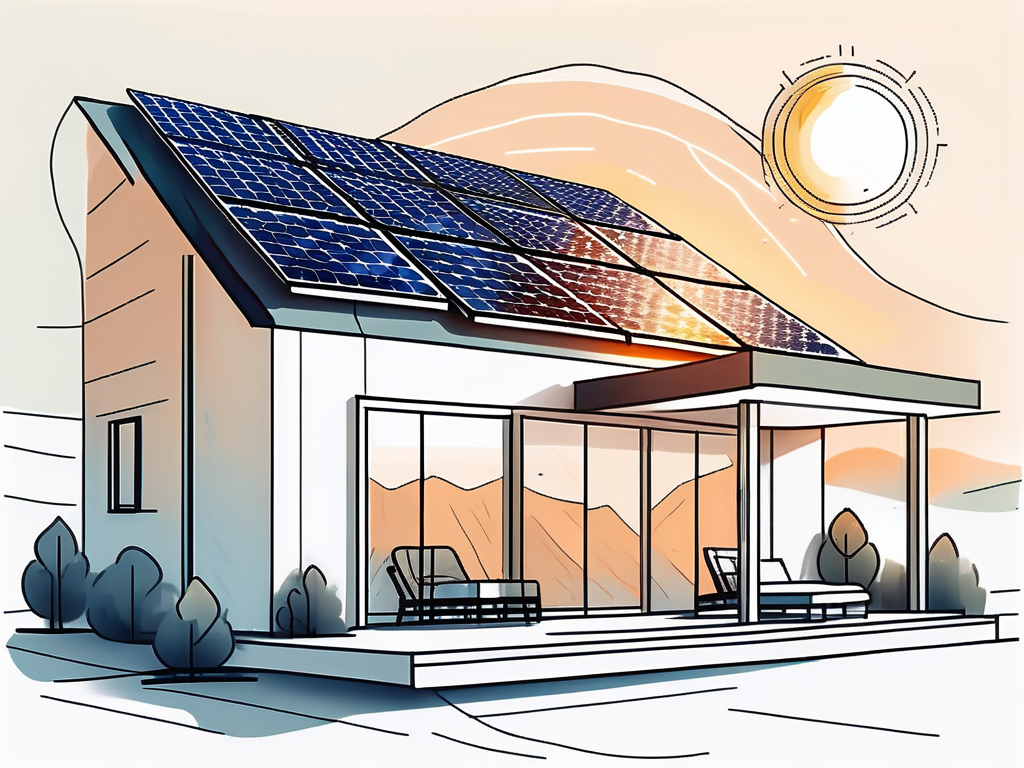
- Obtain multiple quotes from reputable installers to ensure competitive pricing.
- Take advantage of government incentives and rebates to reduce upfront costs.
- Consider the long-term savings and environmental benefits when evaluating the cost.
- Explore financing options that suit your financial situation.
- Optimize the system size based on your energy needs to avoid unnecessary expenses.
Case Studies: Real-Life Examples of Solar Panel Installation Costs
To provide a practical perspective on solar panel installation costs, let’s look at a couple of real-life case studies:
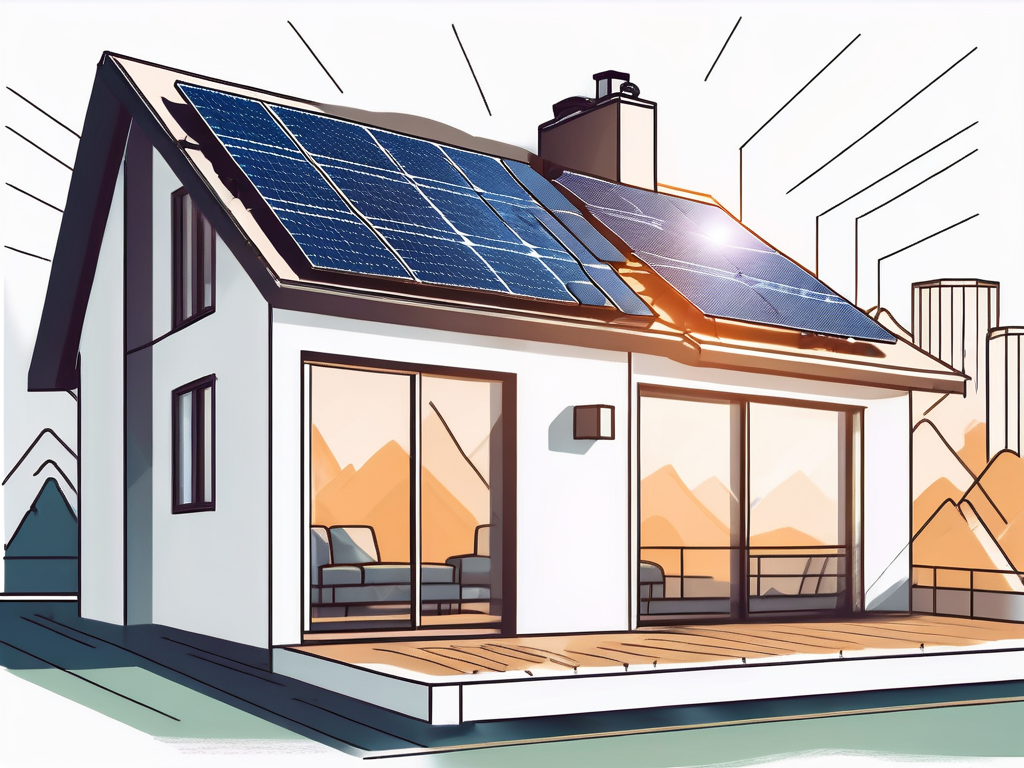
- Case Study 1: John and Mary’s HomeJohn and Mary live in a single-family house in a sunny region. Their annual electricity consumption is around 10,000 kWh. They decided to install a 5 kW solar panel system, which cost them approximately $20,000. After factoring in the federal tax credit and the local utility rebate, their out-of-pocket cost was reduced to $14,000. Considering their average monthly savings of $100 on electricity bills, they estimated a payback period of 11-14 years.
- Case Study 2: Sarah’s Small BusinessSarah owns a small restaurant and wants to reduce her operating costs. She installed a 15 kW solar panel system on the roof of her business, which cost her approximately $45,000. With the federal tax credit, she was able to reduce her upfront costs by 26%. Considering the energy savings of around $400 per month, Sarah estimated a payback period of 10-12 years.
- These case studies illustrate the potential savings and payback periods associated with solar panel installations.
Future Trends in Solar Panel Costs and Affordability
As solar panel technology continues to advance, costs are expected to decline, making solar energy even more affordable. Research and development efforts are focused on improving the efficiency of solar panels, exploring new materials, and reducing manufacturing costs.
Moreover, increased adoption of solar energy and advancements in manufacturing processes are resulting in economies of scale, further driving down costs. As solar panels become more affordable, the potential for widespread adoption of renewable energy sources increases, contributing to a greener and more sustainable future.
Conclusion
Installing solar panels is a significant investment that offers both environmental and financial benefits. While the upfront costs of solar panel installation can vary depending on various factors, considering the long-term savings and potential incentives can help make solar energy more affordable. Moreover, as technology advances and costs continue to decline, solar panels are becoming an increasingly viable option for homeowners and businesses looking to switch to clean and sustainable energy. By carefully evaluating the factors that affect solar panel installation costs and making informed choices, individuals can pave the way for a brighter and more sustainable energy future.
